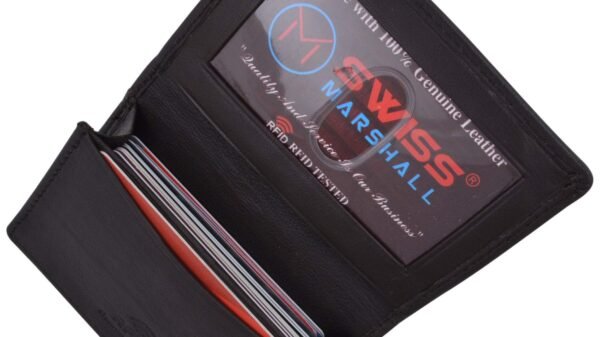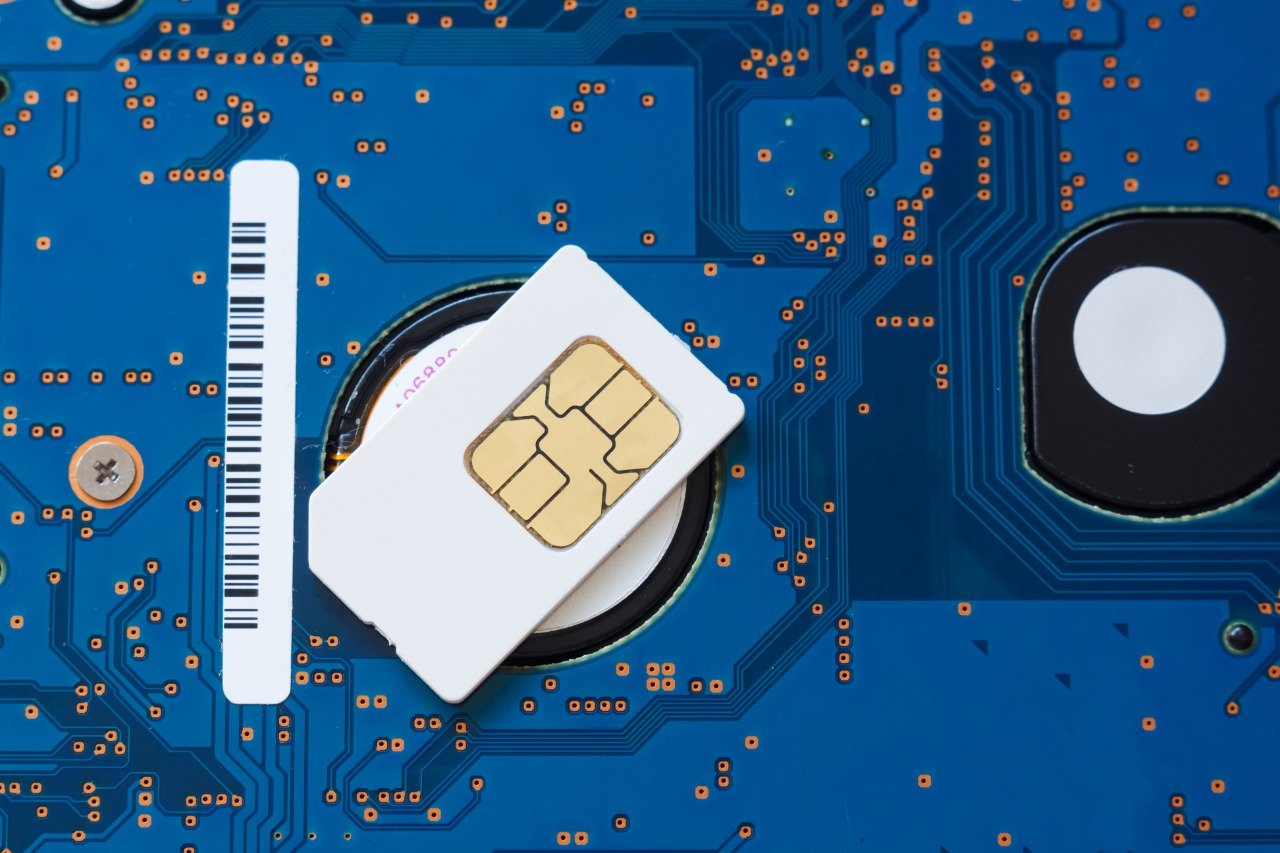Differences between IoT SIM cards and traditional Sim cards
Traditional SIM cards are created for mobile phones. They allow mobile phones to send and receive data wirelessly. However, IoT devices have different requirements to the smartphone in your pocket. IoT SIMs are designed to cater to specific needs like robust network connectivity, remote/bulk management capabilities, more stringent security, and lower data levels.
- Coverage and costs:
Traditional SIM cards are bound contractually to only one local network, thus having several complications, including tedious sourcing, and managing of different connectivity providers, complex inventory logistics, high roaming charges, etc.
IoT SIMs have enterprise-focused features and operators behind them. They are scalable, inexpensive, and easy to deploy across regions. This opens possibilities including contract terms that accommodate specific business needs, flexibility to pause, cancel and resume SIM card subscriptions, pay-as-you-go tariffs, single SIM allowing access to multiple local networks.
The ideal IoT SIMs network operator will also have arrangements for pricing across countries and networks, thereby eliminating the need to use and switch between multiple SIMS.
- Access and security:
Traditional SIM cards have dynamic IP addresses that change each time a data connection is established. Only corporate users who possess additional remote access and management requirements have purchased private APNs with static IPs an IPsec connection to their corporate network.
IoT uses both private static IP addresses with VPN as best practice. This allows devices to be accessed when they are deployed in the field easily. Service personnel can log in to the device when deployed in the field and execute commands, analyze log files, and change configuration.
- Management and control:
Smartphones have user interfaces for settings, network status, data usage, and other information. These are functionalities IoT devices do not possess as some may not have screens at all. Hence, network providers need to supply customers with such insights are real-time. Insights like connected networks, data volume used, and costs associated with each device.
The management and control offered by the network provider help you specify a data usage limit and remove the risk of a misbehaving device consuming excessive data and accumulating charges. In addition, you can also disable some devices for periods they are not in use.
These functionalities are not available on regular SIMs on smartphones since there is no need for their associated provider to provide management platforms to the average user base.
- SIM form, factors, and durability
Both regular SIMs and IoT SIMs are available in the popular micro, mini, and nano forms.
The differences start from the Embedded form. The IoT SIMs are available in the MFF2 form that can be soldered into a device. Making it possible for IoT SIMs to be used for a wider range of cases and device designs.
IoT SIMS is also available in Industrial-grade forms. Industrial-grade SIMs are slightly thicker and designed to withstand adverse elements. They are suitable for devices deployed in harsh terrains where they are subjected to high and volatile temperatures, humidity, and chemical exposure.
- Low-power technology and other features for IoT
Regular smartphone SIM cards are designed for throughput to reduce loading times and improve user experiences. IoT SIMs are designed for more than throughput; they are designed for the latest technologies is crucial to maximizing efficiency, reliability, and time between hardware upgrades.
The latest technology that provides energy efficiency, coverage, and cost advantages are the Cellular Low Power Wide Area Network (LPWAN). A forward-thinking network operator like Freeeway fully supports CAT-1 and CAT-M from the get-go.
How to choose an IoT network provider
Choosing the right network provider is important to the success of your business in the IoT industry. You should select a company that suggests the right solution for your business and has the technical know-how to implement them.
There are several recommendations from providers. For example, a provider might recommend you use a global IoT SIM. Although that might sound appealing on the surface, the deep coverage issue and hidden costs may create a higher overhead cost over the long term.
We at Freeeway evaluate your needs and give recommendations that work perfectly without weighing you down with financial costs.
Conclusion
To run an efficient and scalable business, you must understand the need for an enterprise oriented IoT SIM card. The additional functionality it offers enables you to consolidate management of all your devices to reduce cost, maintain security and reliability of data transmission and send your devices to the farthest places with confidence.
Freeeway is a provider that delivers feature rich IoT SIM cards, and they come complete with a fully-fledged platform for managing your SIMS in your deployed devices. Reach out to us and let us get your IoT devices working at freeeway.com.




























































